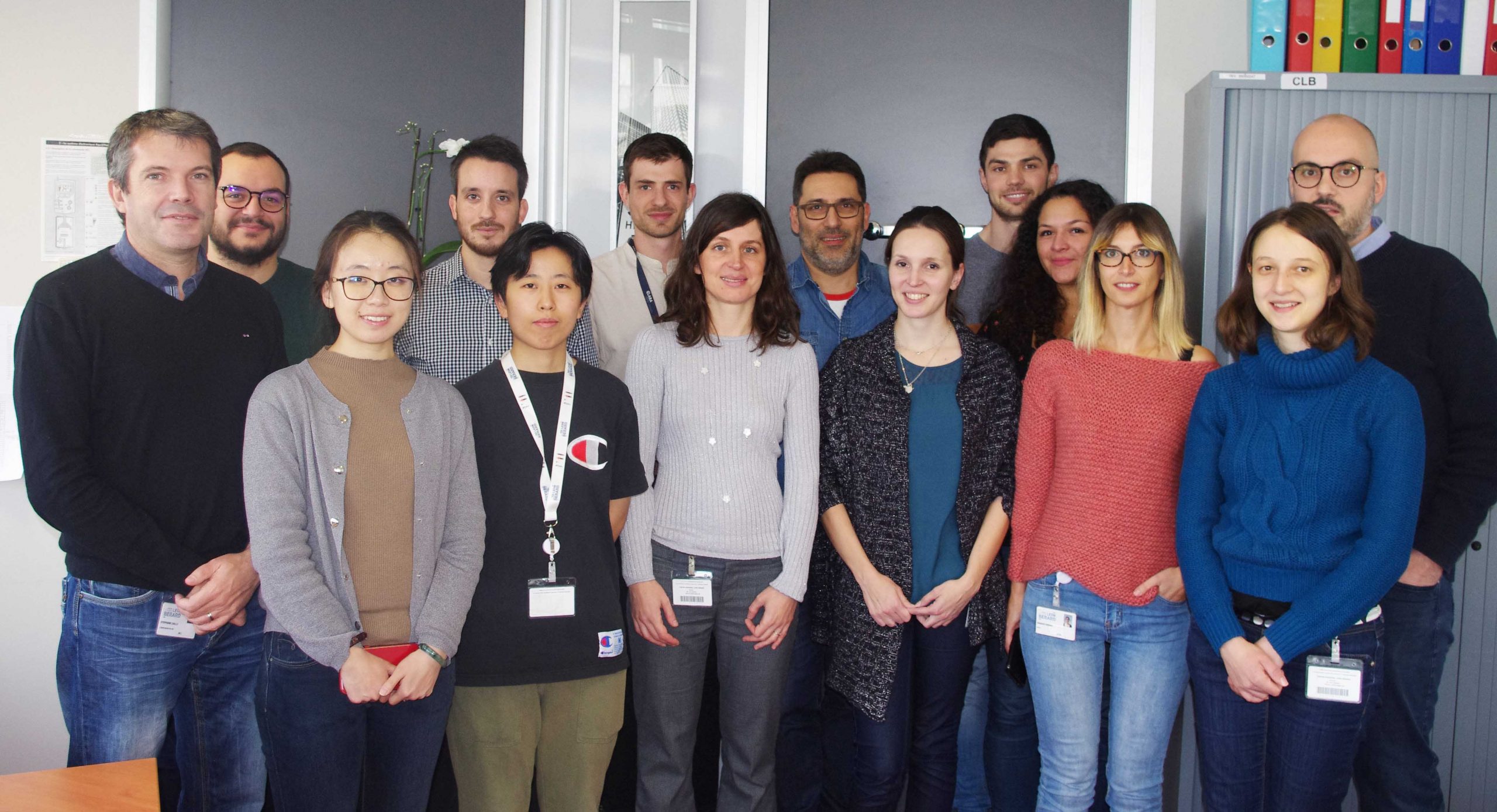
Cancer cell plasticity in melanoma

Objectives
Cutaneous melanoma is the most aggressive type of skin cancer, characterized by an exacerbated cancer cell plasticity that is supposed to contribute to intra-tumor heterogeneity and resistance to treatment. Despite recent progress provided by targeted and immunotherapy, a significant number of metastatic melanoma patients still present innate or acquired resistance. Increasing evidence suggest that in addition to genetic alterations, resistance development may be attributed to phenotypic adaptations through transcriptional and epigenetic processes. A complete understanding of the reprogramming mechanisms underlying phenotypic adaptations of melanoma cells, their complex interplay with the microenvironment and thus, their exceptional capacity to develop resistance to current therapeutic strategies, is still required in order to define novel targets and design new combination therapies.
Projects
Melanoma intra-tumor heterogeneity relys on a “phenotype-switching” model wherein melanoma cells shift between a proliferative/differentiated and an invasive/stem-like state. MIcrophthalmia-associated Transcription Factor (MITF), the master regulator of melanocyte differentiation, is a major marker of the proliferative phenotype, whose loss in melanoma cells is sufficient to induce a reprogramming towards an invasive and stem-like phenotype. In this context, our previous work demonstrated that transcription factors known for their role in EMT (epithelial-to-mesenchymal transition) in carcinomas, also play major functions in melanoma. EMT is a major cancer cell plasticity process, orchestrated by a network of transcription factors (EMT-TFs), including members of the ZEB, SNAIL and TWIST families, that interact with epigenetic regulators (Caramel et al., Cancer Res. 2018; Puisieux et al., Nat. Cell Biol. 2014). We demonstrated that EMT-TF reprogramming regulates melanomagenesis, cancer cell plasticity and adaptive resistance to targeted therapies (Caramel et al., 2013; Richard et al., 2016). Namely, ZEB1 is a major regulator of MITF-mediated phenotype switching towards a Neural Crest Stem Cell-like phenotype. Preliminary data also suggest that ZEB1 directly regulates Tetraspanin 8 (Tspan8), a transmembrane protein that we previously showed as a major inducer of the invasive phenotype (Agaësse et al., 2017a, 2017b, El Kharbili et al., 2017, 2019).
While the role of cancer cell phenotype plasticity in favoring the emergence of resistance to targeted therapies has been deeply investigated in melanoma, the consequences on immune escape and immunotherapy response remain poorly characterized. Our projects aim at further characterizing the mechanisms underlying the adaptation of melanoma tumors, viewed as complex ecosystems, and the acquisition of resistance to targeted therapies and immunotherapies. Based on our strong expertise in melanoma and cancer cell plasticity and thanks to a strong collaborative network (epigenetics, immunology, biomechanics), we will use innovative methods in vitro and in vivo (in mouse, fish and avian embryo models), as well as in cohorts of human samples, to:
(i) further investigate the molecular mechanisms sustaining the plasticity of cancer cells, including the identification of transcriptional networks and epigenetic regulators;
(ii) analyze biomechanical forces in vivo during the transition to the invasive state;
(iii) decipher the crosstalk of tumor cells with their immune microenvironment, the mechanisms of immune evasion and resistance, including a detailed characterization of intra-tumor heterogeneity in patients samples;
(iv) develop original strategies for targeting cancer cell plasticity in order to overcome melanoma resistance to current therapeutic strategies, which will in turn provide a strong rationale to the development of new combination therapies in the treatment of malignant melanoma.

-
The ”Cancer Cell Plasticity in Melanoma” is an emerging team co-headed by Julie Caramel, CRCN INSERM, and Stéphane Dalle, PU-PH, head of the oncodermatology unit at Lyon South Hospital (since 2017). They have structured since 2013, a research group, focused on melanoma, gathering basic researchers and clinicians with complementary expertise on this cutaneous pathology in Lyon. This group has been initially set up within the team of Alain Puisieux specialized in “EMT and cancer cell plasticity”.
-
Julie Caramel, CRCN Inserm
julie.caramel@lyon.unicancer.fr
04.26.55.67.05Stéphane Dalle, PU-PH
stephane.dalle@chu-lyon.frCheney D, 2nd floor
Centre Léon Bérard